The Starship Troopers OVA is flawed yet noteworthy
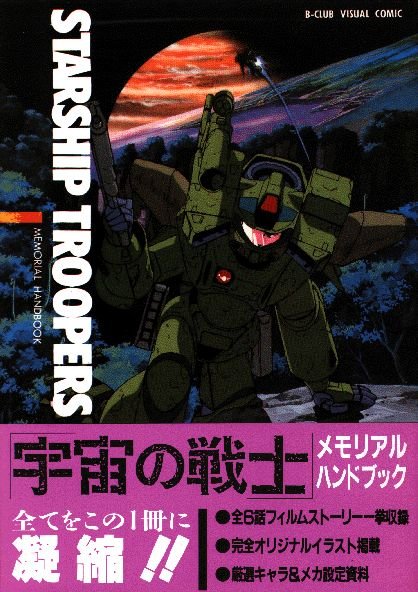
Starship Troopers needs a little introduction. First published by noted author Robert Heinlein in 1959, its blend of political treatise and interstellar military action has since inspired various science fiction works and myriad adaptations. Among these, and one you’d likely hear more about, is the (in)famous 1997 movie directed by Paul Verhoeven. Lesser known, however, is how there’s also an earlier six-episode OVA under the same name (Uchu no Senshi in Japanese) by Bandai Visual (now Bandai Namco Arts) and Sunrise. It’s a work that, while flawed, remains noteworthy.
A captured snippet of the OVA’s first opening sequence, featuring the ’80s power ballad-style “Believe.” Circa 2008. (Source: YouTube)
Directed by industry veteran Tetsuro Amino and released from October 25 to December 17, 1988, the anime has since gained a reputation of being more “faithful” to the source material, especially compared to the Hollywood film. Though the reality doesn’t exactly match up with the nostalgic allure, the truth is just as interesting. And at around 2 ½ hours in total length, you wouldn’t have to wait too long to find out.
“Join the Mobile Infantry, they said…”
Made as a tribute to Heinlein himself, who died before the first episode was released, Starship Troopers is set in the midst of growing conflict between the Earth Federation and hostile aliens. Enter Johnnie Rico (Yasunori Matsumoto), a young man with a crush on his high school sweetheart, Carmencita Ibanez (Rei Sakuma). His plans to enlist in the military to join her set him down a path that eventually leads him to the frontlines on the enemy homeworld. Amidst the trails, pain, and horrors of war, however, he nonetheless struggles to survive and rise to the occasion.
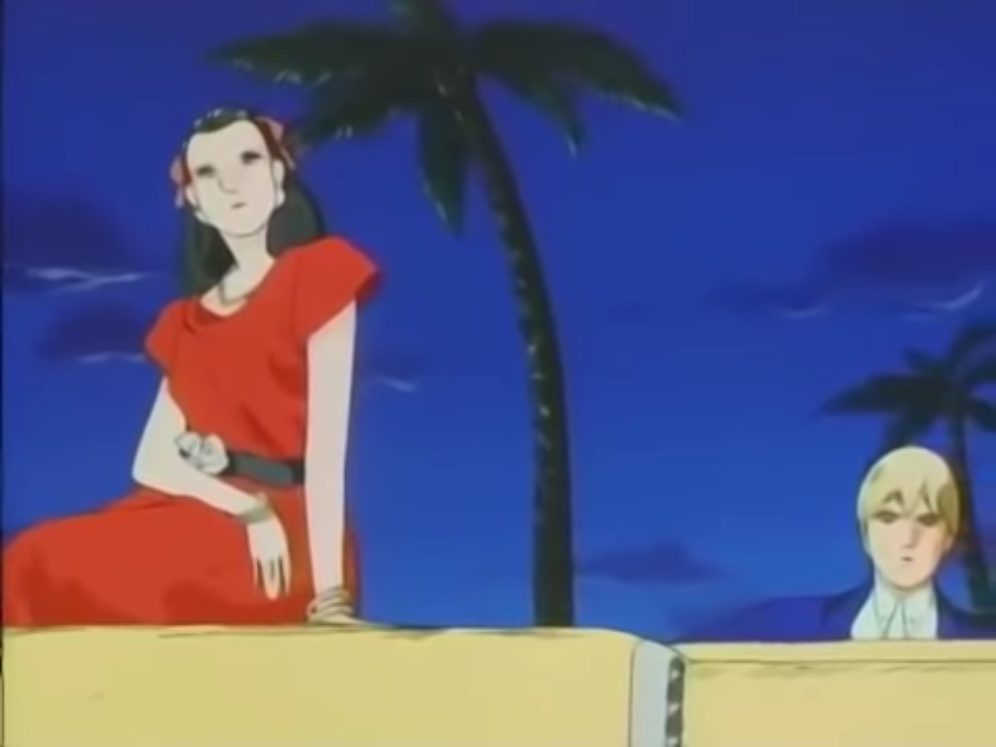
Almost from the get-go, you’d notice some differences. For one, in a weird bit of foreshadowing to the 1997 movie, the main protagonist was made a blonde-haired, blue-eyed White Argentinian instead of Filipino as originally described. The lead’s father also comes off more supportive and understanding with his enlistment early on, while the aliens resemble fleshy jellyfish instead of the space-insectoid Arachnids seen in the original work and later adaptations. While you get tantalizing glimpses of combat here and there, barring the enemy’s invasion of Mars in the fourth episode, much of the story takes place during Johnnie’s training. That the plot itself stops just after that point also feels too abrupt.
There is, however, a more glaring omission. While some elements, like the two-year voluntary service in the Mobile Infantry or how Rico’s family is rather wealthy, are shown accurately, much of the wider lore and background Heinlein wrote down is absent entirely. The Federation’s socio-political system, misconstrued by some critics as “fascism” and encapsulated in the phrase “service guarantees citizenship,” isn’t really touched upon at all. As a consequence, the motif of social responsibility that’s interwoven throughout the book (and which influences the protagonist) is lost. Combined with a “contemporary” aesthetic that wouldn’t be out of place in the actual 1980s, it also has the effect of making the sci-fi backdrop, at least on the surface, seems almost superfluous; the alien homeworld of Klendathu even resembles a somewhat more exotic version of Vietnam.
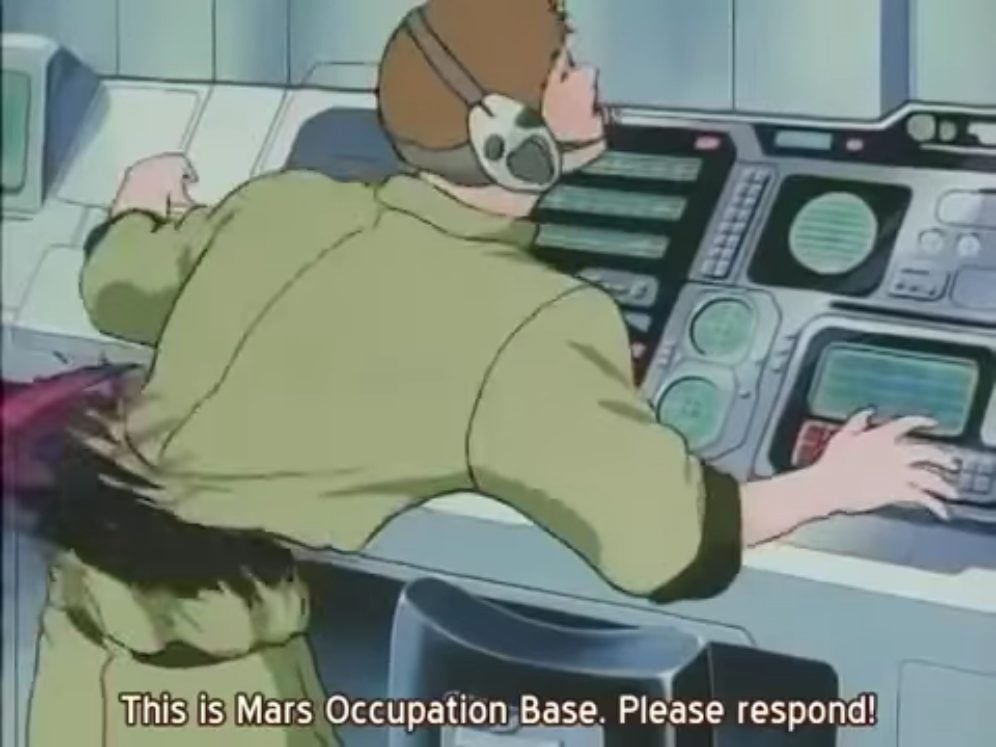
Yet even with all such deviations, the OVA isn’t a failure. As there’s ample reason why, whether or not its reputation was well earned, it’s still worth your while.
Doing its Part
Starship Troopers may not be as “faithful” to the book as it tends to be remembered, but it nonetheless captures the spirit of Heinlein’s work.
Among others, and in stark contrast to Verhoeven’s attempted satire, the anime retains a consistently serious tone. All throughout, Rico’s plight and those of the people around him are not only played straight, but are also shown with little sugarcoating. Whether it’s him struggling through boot camp and second-guessing his decisions, the calm moments when he and Ibanez reunite after the end of the training, or a rookie’s conundrum of having to take life, there’s a sense of realism that pervades almost every minute of the runtime. Even the way various soldiers behave (be it gung-ho rage or by-the-book precision) and grow increasingly separate from their old civilian lives give the impression that Amino and his staff did their legwork. The rather grounded performances of the cast, including supporting characters like the stern Sergeant Zim (Akira Kamiya) and gentle soul Azuma (Shûichi Ikeda) make up for the occasional blandness.
https://www.youtube.com/watch?v=p5NSdDmYqdc
The very first battle sequence from the OVA, which manages to demonstrate the gritty tone and nigh-iconic Powered Suits all at once. Circa 1988. (Source: YouTube)
These are reinforced, too, by the presentation, which goes beyond the realistic art style. While very much a product of its time, thanks in part to an eccentric mix of orchestral setpieces and ‘80s power ballads by Hiroyuki Namba (with English vocals courtesy of Hiro Tsunoda), you nonetheless get a visual and sensory feast. From the detail on the characters’ outfits to the spaceships and the unnerving designs of the aliens, it’s clear that the animators put considerable effort. This is likewise seen during the moments when combat is actually shown, with battles being intense and solidly animated. Though at the same time, be it the rather gruesome on-screen deaths or the mementos left behind, the horrors of war remain ever-present. All of this mesh remarkably well in conveying the novel’s tone, even with all the changes made.
Which isn’t to forget what’s perhaps the anime’s greatest claim to fame: the presence of Powered Suits. Designed by Studio Nue co-founder Kazutaka Miyatake, they marked the first time power armor, as described and all but codified by Heinlein, was actually depicted in an adaptation. Bulky yet rugged, the armored gear donned by Rico and the rest of the Mobile Infantry leave a very strong impression. From the way each unit’s components are intricately drawn to their weighty movements while blasting aliens, it’s clear that much was done to capture the essence of how they’re used in the book. So much so, perhaps, that they almost upstage the characters themselves; even the helmets are distinctive enough that it wouldn’t be surprising if those helped influence the design of Halo’s MJOLNIR Armor.
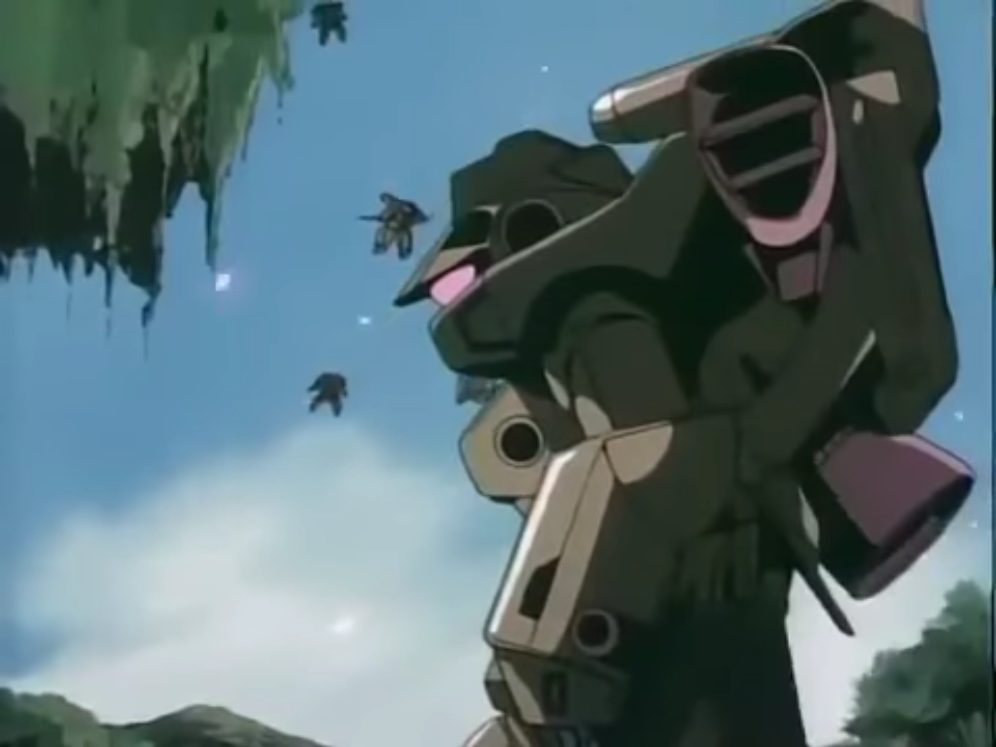
You could see, then, why fans tend to see the OVA as “faithful” to the original. Though the seeming mystery doesn’t quite match up to the actual work, such a reputation didn’t come out of nowhere. One, that was helped by its slide into obscurity not long after its release.
Desiring to Know More
According to Future War Stories’ feature article on Starship Troopers, the adaptation was sold on Laserdisc but didn’t see any later DVD or Bluray editions. While merchandise was known to have been made, the OVA was never aired on Japanese TV, nor did it ever (legally) see the light of day in the West. This latter point could be attributed to claims of the work being unauthorized, which would have undoubtedly caused headaches had it shown up in America.
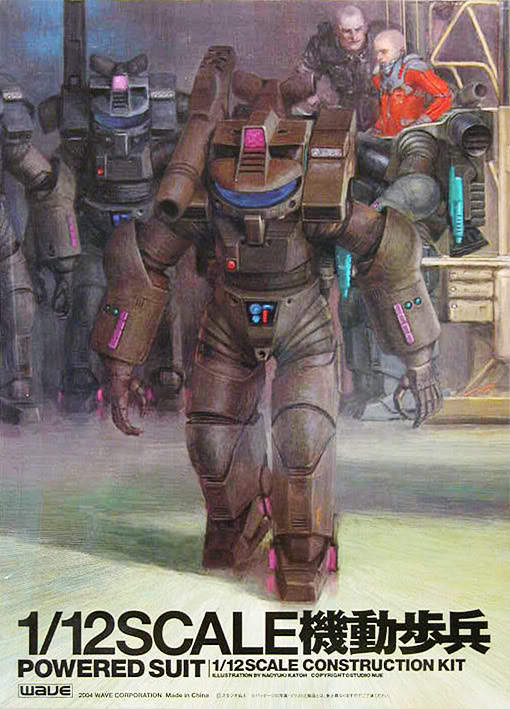
As a result, despite all the care put into the anime, it eventually slid into relative obscurity. If not for diehard otaku and fansubs that could nowadays be found on YouTube, few would have even learned of its existence. At any rate, it wouldn’t be until the release of cult classic series Roughnecks: The Starship Troopers Chronicles (1999-2000) that Western audiences got something comparable, if not even more faithful to the novel. Though in a twist of fate, the franchise would once find itself in Japanese hands, with the CGI films Invasion (2012) and Traitor of Mars (2017) being directed by Shinji Aramaki.
The “Director’s Trailer” for Starship Troopers: Traitor of Mars. The Japanese-directed film notably featured updated versions of the novel’s Powered Suits. Circa 2017. (Source: YouTube)
Nonetheless, even with the seeming mystery removed, the OVA remains a fascinating piece of sci-fi anime history. Whether or not Heinlein himself would have approved, you could still sense the spirit of his work, which has since come to inspire many works of fiction over the decades, as being very much present.



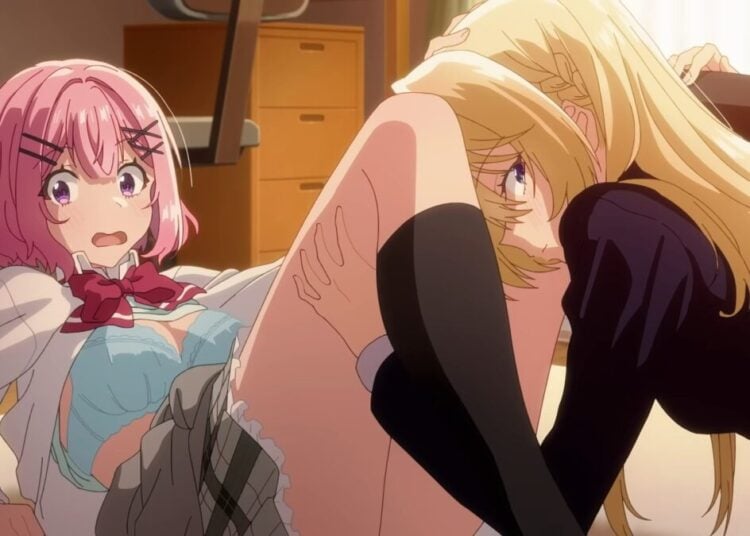
![Sawaranaide Kotesashi Kun Episode 12 [END] Featured Image](https://blog.jlist.com/wp-content/uploads/2025/12/Sawaranaide-Kotesashi-kun-Episode-12-END-Featured-Image-120x86.jpg)









